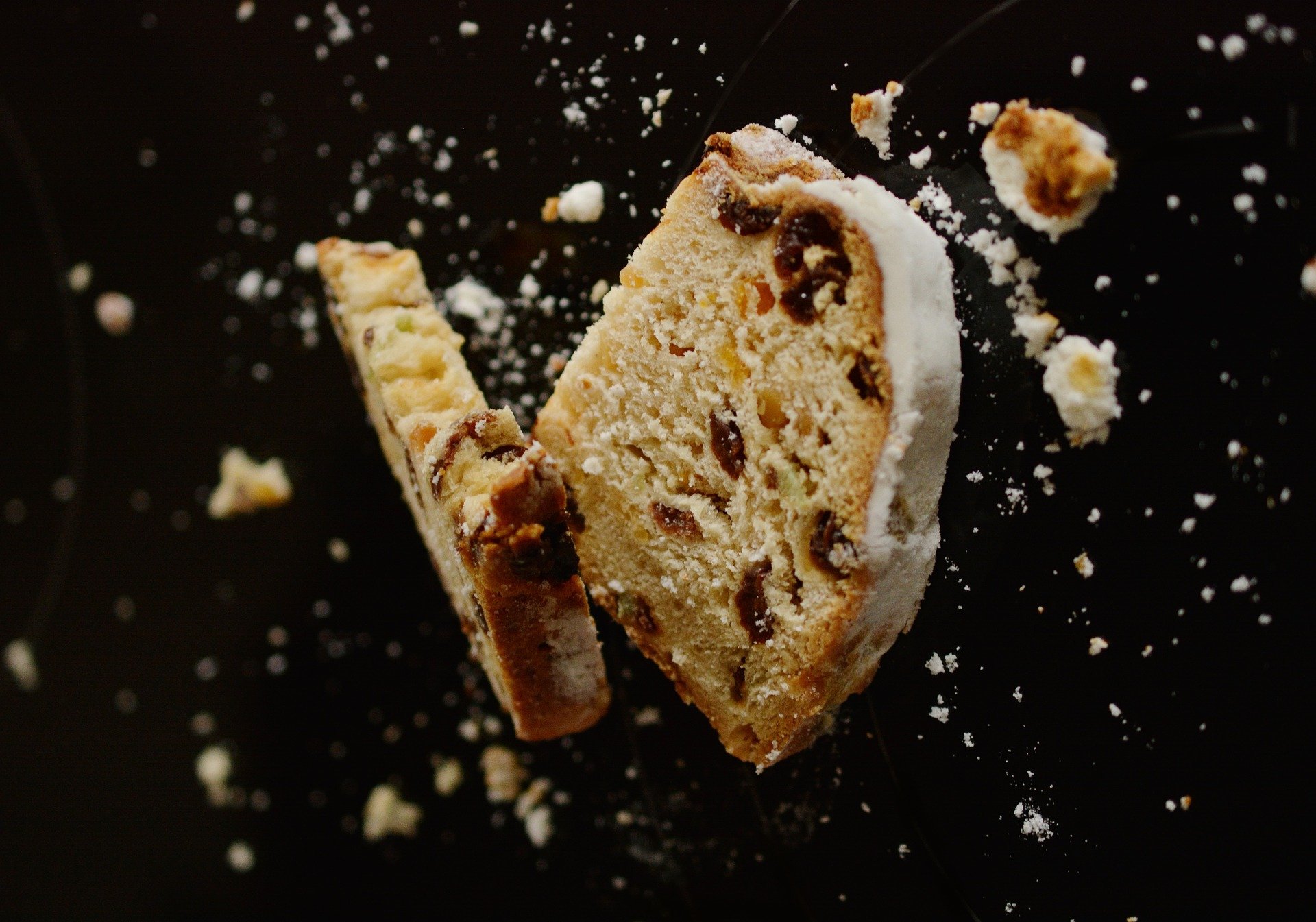Norwegian cuisine is a mystery to residents of many foreign countries as it is not particularly famous. For that reason, in all likelihood, you can hardly come up with any idea if someone asks you about any Norwegian dessert. Yet, the traditional sweet treats of Norwegian cuisine are certainly worth your attention.
Cookies
You will find a whole variety of amazing cookies in Norwegian cuisine. Filled with delicious cream and other products, ironed as waffles or fried in deep oil – you will certainly find something you will enjoy in particular.
Fattigman
You might have already come across cookies typical for some cuisine which are fried in deep oil instead of being bakes. There is such a type of cookies in traditional Norwegian cuisine as well.
Fattigman is a cookie shaped as a diamond and fried in deep oil for a very short time. Still, you should not mistake this popular dish for other types of fried cookies which are usually soaked in honey, sprinkled with sugar powder or served with other sweet sauces. Instead of this, fattigman is a cookie which is filled with heavy cream, superfine sugar and even brandy or cognac.
As you can imagine, such a delicious dish is absolutely perfect for Christmas time.
Norwegian Krumkake Cookies
One more delicious types of Norwegian cookies is krumkake which are actualle waffle cookies. They are very sugary and fragile. There is a special krumkake iron used for making these particular cookies which is adding a special pattern to their surface.
Berlinerkranser
Do not let the name Berlinerkranser deceive you! Even though it is a Norwegian word used for Berlin wreaths, this is a typical Norwegian dessert. You will find a similar type of cookies in Danish cuisine, however, the Norwegian type of butter cookies has hard-boiled egg yolks in its batter, whereas the Danish version is using raw ones. In such a way, cookies are more crumbly and tender.
Norwegian cakes
There is a number of traditional Norwegian cakes some of which are absolutely one-of-a-kind.
Ring cake (Kransekaka)
Every country has its own signature cake. When it comes to Norway, the one is kransekaka or a ring cake. This traditional Norwegian dessert is not only unique when it comes to its flavour, but it also has a very unusual appearance.
Ring cake consists of layers of cake made of almond flour which are baked in the shape of rings. These rings are layered in such a way as to create a tower. Note that the rings have different sizes and the cake tower is narrowing to the top. Instead of a cream, layers are covered with almond paste which makes the taste of the dessert even better and also holds the structure efficiently.
Ring cake is perfect for everyone as it is glute-free. It is not surprising, the dessert is extremely popular in Norway and is usually baked for various types of events including weddings, birthdays and baby showers.
Julekake
There is one more typical Norwegian cake which is a widespread Christmas treat. This cake is called Julekake and it might resemble of British fruitcake, however, it is actually very different from this popular holiday dessert.
Norwegian julekake is usually made right before a celebration rather than weeks in advance of holidays which is typical for making British fruitcake.
Julekake has candied fruits inside and it is usually served warm with a bit salted butter.
Skolebrød
Skolebrød is a Norwegian name for school bread, however, in the reality it does not resemble of bread. This dessert looks more like a donut with filling, but it is still a very common part of a lunchbox for Norwegian children.
Norwegian school bread is made of yeasty dough and looks like a bun. The filling used for such a bun is usually creamy pudding with vanilla. The bread itself has a golden-brown colour and it is covered with a sugar glazing. On top of that, the buns are dipped into shredded and sweetened coconut.
Scandinavian sweet soup
This is a unique type of a dessert which can be qualified under the category of sweet soups. In Norway, such a dessert is made with tapioca, dried fruits as well as spices. The soups is served during an entire year. In summer, you can eat the soup chilled while in winter it is better warm.
The dessert is very simple to cook and requires only 30 minutes for preparation.

